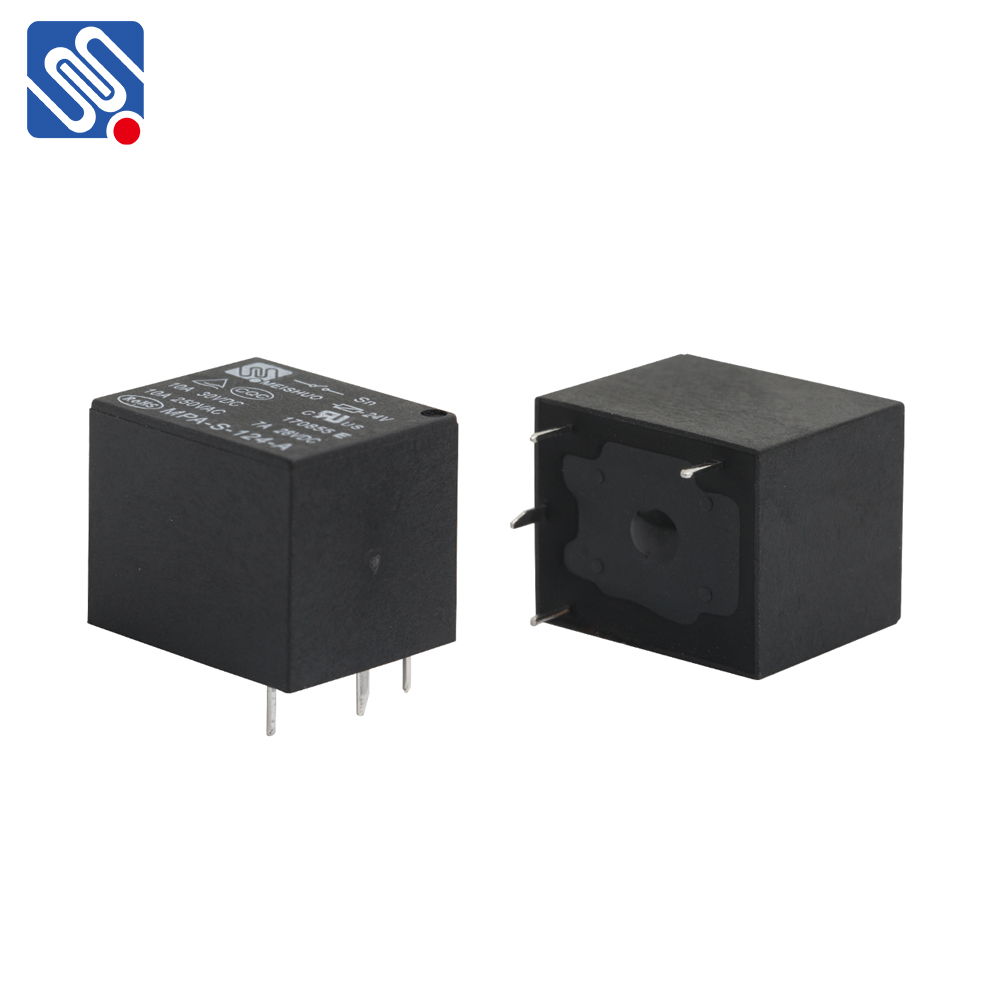Relay circuits are fundamental components in many electrical systems, enabling the control of high voltage or high current devices using low voltage signals. A relay acts as an electromagnetic switch, offering electrical isolation between control and load circuits. The versatility and reliability of relay circuits make them essential in a wide range of applications, from industrial automation to home appliances. In this article, we will explore the key aspects of relay circuit design, including its basic components, working principles, and real-world applications.

What is a Relay? A relay is an electrically operated switch that allows a low voltage circuit to control a higher voltage circuit. The basic construction of a relay consists of a coil, contacts (either normally open or normally closed), and an armature. When an electric current passes through the coil, it generates a magnetic field that causes the armature to move, thereby opening or closing the contacts. This simple mechanism makes the relay an excellent choice for switching high-power devices with low-power control signals. Key Components in Relay Circuit Design Relay Coil: The coil is the core component of the relay. It is powered by the control voltage and is responsible for creating the magnetic field that actuates the switch. The coil must be rated for the voltage and current that will be used to drive it.